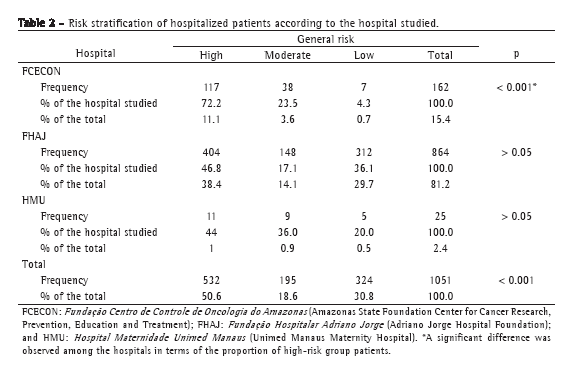

Adriana Muiño, Ana Maria Baptista Menezes, Felipe Fossati Reichert, Rodrigo Pereira Duquia, Moema Chatkin
ABSTRACT
Objective: To study the prevalence of wheezing patterns and their associations with independent variables. Methods: Cohort study of live births in 1993 in Pelotas, Brazil. A systematic subsample (20%) of the original cohort was evaluated at 6 months, 12 months and 4 years. At 10-12 years, 87.5% of the original cohort was contacted. Wheezing was categorized: transient, wheezing at 4 years but not at 10-12; persistent, wheezing at all evaluations; late-onset, wheezing at 10-12 years. Independent variables were analyzed: gender; skin color; family income; smoking/asthma during pregnancy; breastfeeding; respiratory infection/diarrhea (during the 1st year); family members with asthma/ allergy (at 4 years and at 10-12); physician-diagnosed rhinitis/eczema (at 10-12 years). Results: The subsample comprised 897 adolescents. Wheezing patterns were expressed as prevalence (95% CI): transient, 43.9% (40.7-47.2); persistent, 6.4% (4.8-8.0); and late-onset, 3.3% (2.2-4.5). The transient pattern was more common in children from low-income families, children breastfed for less time, children with a history of respiratory infections (during the 1st year) and children with asthma in the family (at 4 years). The persistent pattern was almost twice as common in males, in children whose mothers had asthma during pregnancy, in children with respiratory infections (during the 1st year) and in children with asthma in the family (at 4 and 10-12 years). The late-onset pattern was more prevalent among those with asthma in the family (at 10-12 years) and those diagnosed with rhinitis (at 10-12 years), being less prevalent among those reporting respiratory infections (during the 1st year) and those diagnosed with eczema (at 10-12 years). Conclusions: Knowledge of the associations of wheezing patterns allows us to adopt preventive and therapeutic measures.
Keywords: Respiratory sounds; Asthma; Epidemiology; Hypersensitivity.
RESUMO
Objetivo: Estudar a prevalência dos padrões de sibilância respiratória e suas associações com variáveis independentes. Métodos: Coorte de nascidos vivos, 1993, Pelotas (RS); subamostra sistemática de 20% da coorte original acompanhada aos 6 e 12 meses e 4 anos; aos 10-12 anos localizou-se 87,5% da coorte original. Definição dos padrões: transitório: chiado até 4 anos e ausência de chiado aos 10-12 anos; persistente: chiado em todos acompanhamentos; início tardio: chiado aos 10-12 anos. Variáveis independentes: gênero; cor da pele; renda familiar; fumo/asma na gravidez; amamentação; infecção respiratória/diarréia (1º ano); alergia e asma na família (4 e 10-12 anos); diagnóstico médico de rinite/eczema (10-12 anos). Resultados: O total da subamostra foi de 897 adolescentes. Prevalência (IC95%) dos padrões de sibilância: transitório 43,9% (40,7-47,2);persistente 6,4% (4,8-8,0); de início tardio 3,3% (2,2-4,5). O transitório foi mais freqüente em crianças de famílias de baixa renda, com menor duração da amamentação, relato de infecções respiratórias (1º ano) e história familiar de asma (4 anos); o persistente foi quase duas vezes mais freqüente em meninos, em filhos de mulheres com asma na gravidez, com infecções respiratórias (1º ano) e história familiar de asma (4 e 10-12 anos); de início tardio mostrou maior prevalência naqueles com asma na família (10-12 anos) e diagnóstico médico de rinite (10-12 anos); menor prevalência em quem relatou infecções respiratórias (1º ano) e diagnóstico médico de eczema (10-12 anos). Conclusões: O conhecimento das associações dos padrões sibilantes permite a adoção de medidas preventivas e terapêuticas.
Palavras-chave: Sons respiratórios; Asma; Epidemiologia; Hipersensibilidade.
Introduction



